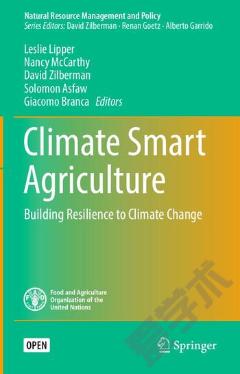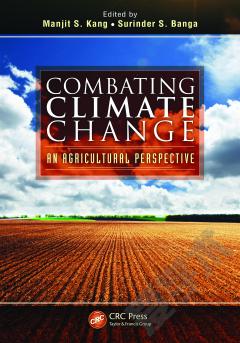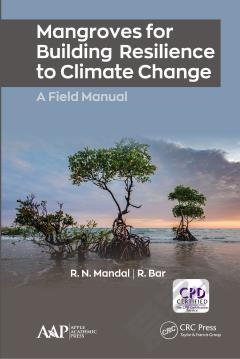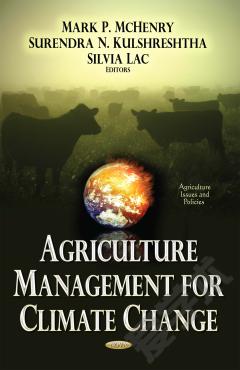Climate Smart Agriculture —— Building Resilience To Climate Change
----- 气候智能农业:建立对气候变化的抵御能力
Chapter 1: Introduction.- Chapter 2: A Short History of the Evolution of the Climate Smart Agriculture Approach and its Links to Climate Change and Sustainable Agriculture Debates.- Chapter 3:Economics of Climate-Smart Agriculture.- Chapter 4: Innovation in Response to Climate Change.- Chapter 5: Use of Satellite Information on Wetness and Temperature for Decision of Crop Yield Prediction, River Discharge and Planning.- Chapter 6: Early Warning Techniques for Local Climate Resilience: Smallholder Rice in Lao PDE.- Chapter 7 : Farmers' Perceptions of and Adaptations to Climate Change in Southeast Asia: The Case Study from Thailand and Vietnam.- Chapter 8: U.S. Maize Yield Growth and Countervailing Climate Change Impacts.- Chapter 9: Understanding Tradeoffs in the Context of Farm-Scale Impacts: An Application of Decision-Support Tools for Assessing Climate Smart Argiculture.- Chapter 10: Can Insurance Help Manage Climate Risk and Food Insecurity?: Evidence from the Pastoral Regions of East Africa.- Chapter 11: Can Cash Transfer Programs Promote Household Resilience?: Cross-Country Evidence from Sub-Saharan Africa.- Chapter 12: Input Subsidy Programs and Climate Smart Agriculture.- Chapter 13: Robust Decision Making for a Climate-Resilient Development of the Agricultural Sector in Nigeria.- Chapter 14: Using AgMIP Regional Integrated Assessment Methods to Evaluate Vulnerability, Resilience and Adaptive Capacity for Climate Smart Agricultural Systems.- Chapter 15: Climate Smart Food Supply Chains in Developing Countries in an Era of Rapid Dual Change in Agrifood Systems and the Climate.- Chapter 16: The Adoption of Climate Smart Agriculture: The Role of Information and Insurance under Climate Change.- Chapter 17: A Qualitative Evaluation of CSA Options in Mixed Crop-Livestock Systems in Developing Countries.- Chapter 18: Identifying Strategies to Enhance the Resilience of Smallholder Farming Systems: Evidence of Zambia.- Chapter 19: Climate Risk Management Through Sustainable Land and Water Management in Sub-Saharan Africa.- Chapter 20: Improving the Resilience of Central Asian Agriculture to Weather Viability and Climate Change.- Chapter 21: Managing Environmental Risk in the Presence of Climate Change: The Role of Adaption in the Mile Basin of Ethiopia.- Chapter 22: Diversification as Part of a CSA Strategy: The Cases of Zambia and Malawi.- Chapter 23: Economic Analysis of Improved Smallholder Paddy and Maize Production in Northern Vietnam and Implications for Climate-Smart Agriculture.- Chapter 24: Synthesis: Devising Effective Strategies and Policies for CSA.- Chapter 25: Conclusions and Policy Implications.
{{comment.content}}








 京公网安备 11010802027623号
京公网安备 11010802027623号